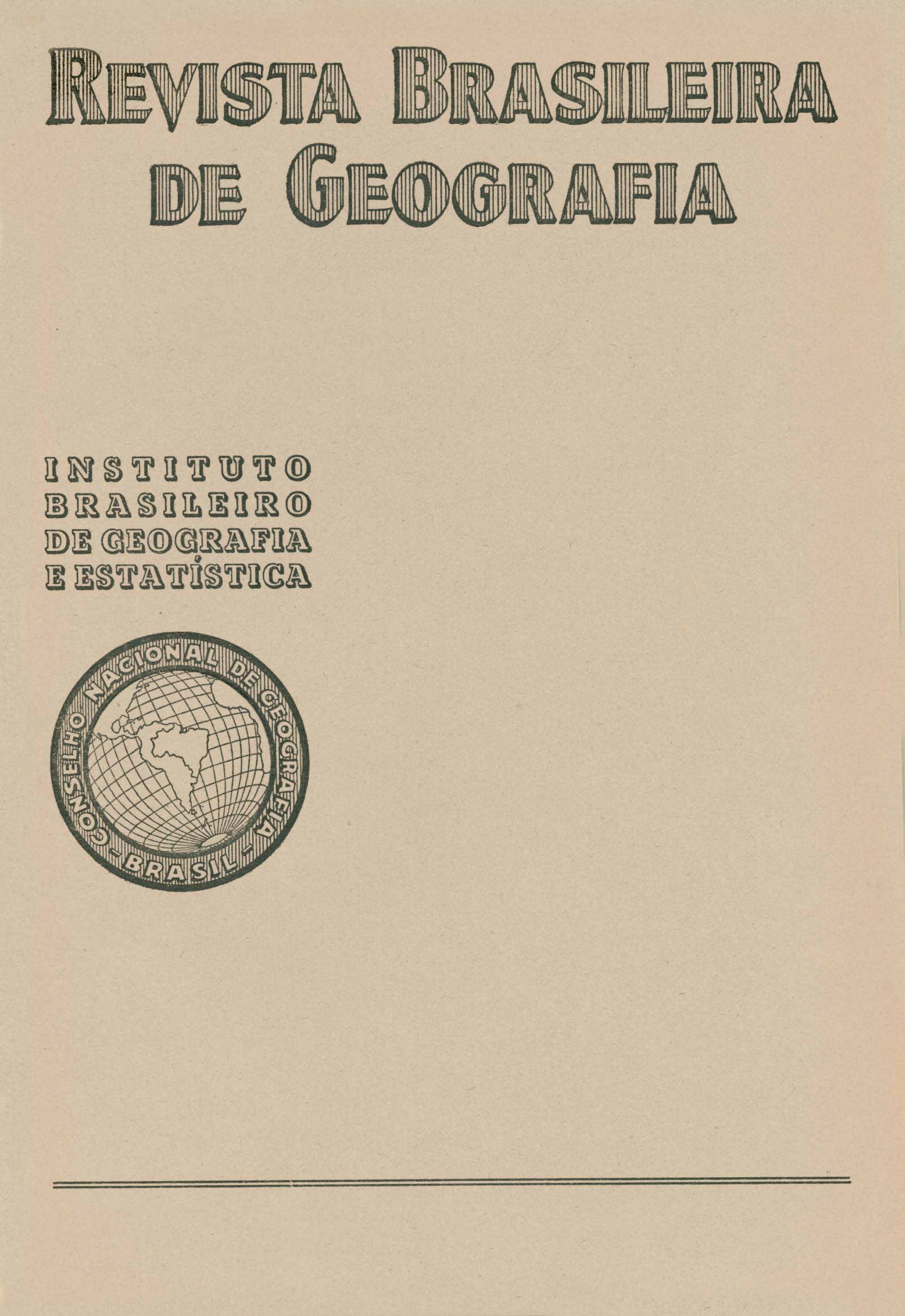Um Novo método de representação cartográfica do relevo e da estrutura aplicado a Região do Rio de Janeiro
Palavras-chave:
Geologia;, Geomorfologia;, Cartografia; Rio de JaneiroResumo
The author, Prof Francis Ruellan, "Directer d'Études à l'Ecole des Hautes Études" (Institute of Geog1aphy at the Sorbonne), professor of geography at the National Faculty of Philosophy, University of Brazil, and scientific conductor of cultural meetings at the National Council of Geography, has submitted this paper originally to the Second Pan-American Meeting of Consultation on Geog1aphy and Cartography. He showed how the classic processes for representing relief, including block diagrams or stereograms, do not permit of following constantly the relationships with the structure in three dimensions. On the other hand, combinations of various even if rectangular sections are not much practical and exclude planimetry. The making of the "Stereographic chart on a perspective diagram of a network of rectangular sections" is based on classic calculations of a perspective network (fig 1, 2 and 3). And there is the distinctive feature that the fore face of the block is contained within the plane of projection and may be seen from a lower angle at 52°30, while the back edge of the block may be seen from an angle at 45". In the work performed in the region of Rio de Janeiro, the base scale is 1:25.000 for the three dimensions and the sections are spaced at one kilometer in the two North-South and East-West directions
When an important landform falls inside of the network of sections, it may be represented by two or more intermediate rectangular sections (fig 4). Intermediate sections may also be arranged into a different direction of the rectangular network, for example, parallel to the plane of Projection (fig 5)
The inclinations of both faults and strata are given by special compasses (fig 7). The inclination of layers in each direction is calculated by the formulas:
X = I x A/90° and Y = I x B/90° (Fig 8)
The stereographic chart serves fot interpreting the relationships of landforms, structure and surface deposits; for studying structural and erosion surfaces, emergent and submergent shorelines and terraces, the influences of folding and faulting above and below sea level. It is useful for geologists and particularly so for mining engineers in their following of the veins and taking the reference plane either at -500 meters or -1 000 meters
It can also render service to highway and rai1road constructors, to river and ocean hydrodraphy, to studies on the relationships of the underground soil, soils, reliefs, as well as of such relationships with human occupance
The "Stereographic chart on a perspective diagram of a network of rectangular sections" for the region of Rio de Janeiro is divided into twenty one juxtaposed sheets which can be carried easily to the field so as to be completed and corrected (fig 4, 6 and 9). The first work of this kind was performed in the region of Kwansai, Japan (figs 5" 10 and 11), and was published by the author in March, 1940.






